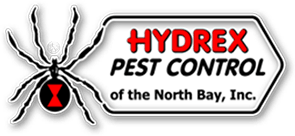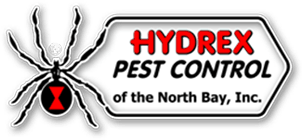Ant Identification 101: Know Your Ants for Better Pest Management
Ants are among the most common household pests, but did you know that there are thousands of ant species worldwide? Identifying the specific ant species invading your space is crucial for effective pest management. By understanding their habits and behaviors, you can implement targeted control measures that are both efficient and environmentally responsible. In this guide, we'll delve into the identification of various ant species and provide insights into their specific habits.
Common Ant Species and Their Characteristics
1. Argentine Ants
- Appearance: Light to dark brown in color, about 1/8 inch in length.
- Habitat: Prefer moist environments and often nest near food sources.
- Behavior: Known for forming extensive colonies and trailing along defined pathways.
- Control Tips: Eliminate moisture sources and seal entry points to prevent infestations.
2. Odorous House Ants
- Appearance: Dark brown to black, similar in size to Argentine ants.
- Habitat: Typically found nesting indoors, especially in wall voids and beneath floors.
- Behavior: Emit a foul odor when crushed, hence the name "odorous."
- Control Tips: Maintain cleanliness and address moisture issues to deter these ants.
3. Carpenter Ants
- Appearance: Black or red-black in color, ranging from 1/4 to 1/2 inch in length.
- Habitat: Nest in wood, causing structural damage over time.
- Behavior: Excavate wood to build tunnels and galleries, but do not consume it.
- Control Tips: Inspect for signs of wood damage and promptly address infestations with professional help if necessary.
4. Fire Ants
- Appearance: Reddish-brown with a characteristic two-segmented waist.
- Habitat: Build mound nests in open areas like lawns and fields.
- Behavior: Inflict painful stings that can be dangerous to humans and pets.
- Control Tips: Use baits and mound treatments cautiously, and wear protective clothing when outdoors.
Why Identification Matters
Identifying the ant species you're dealing with allows you to tailor your pest management approach effectively. Different ants have distinct nesting habits, food preferences, and behaviors that influence the success of control measures. For instance, while baits may work well for some species, others may require targeted treatments to address specific nesting sites.
Implementing Targeted Control Measures
- Sanitation: Keep your living spaces clean and free of food debris to discourage ant infestations.
- Exclusion: Seal cracks, crevices, and entry points to prevent ants from entering your home.
- Baits and Treatments: Choose ant baits and insecticides that are appropriate for the species you're dealing with.
- Professional Assistance: When in doubt or dealing with large infestations, consult with a pest control professional for tailored solutions.
Understanding the characteristics and behaviors of different ant species is essential for effective pest management. By identifying the specific ants in your environment, you can implement targeted control measures that address the root causes of infestations. Remember, prevention is key, so regular inspections and proactive measures can go a long way in keeping your home ant-free.
Contact us today for ant control services.

